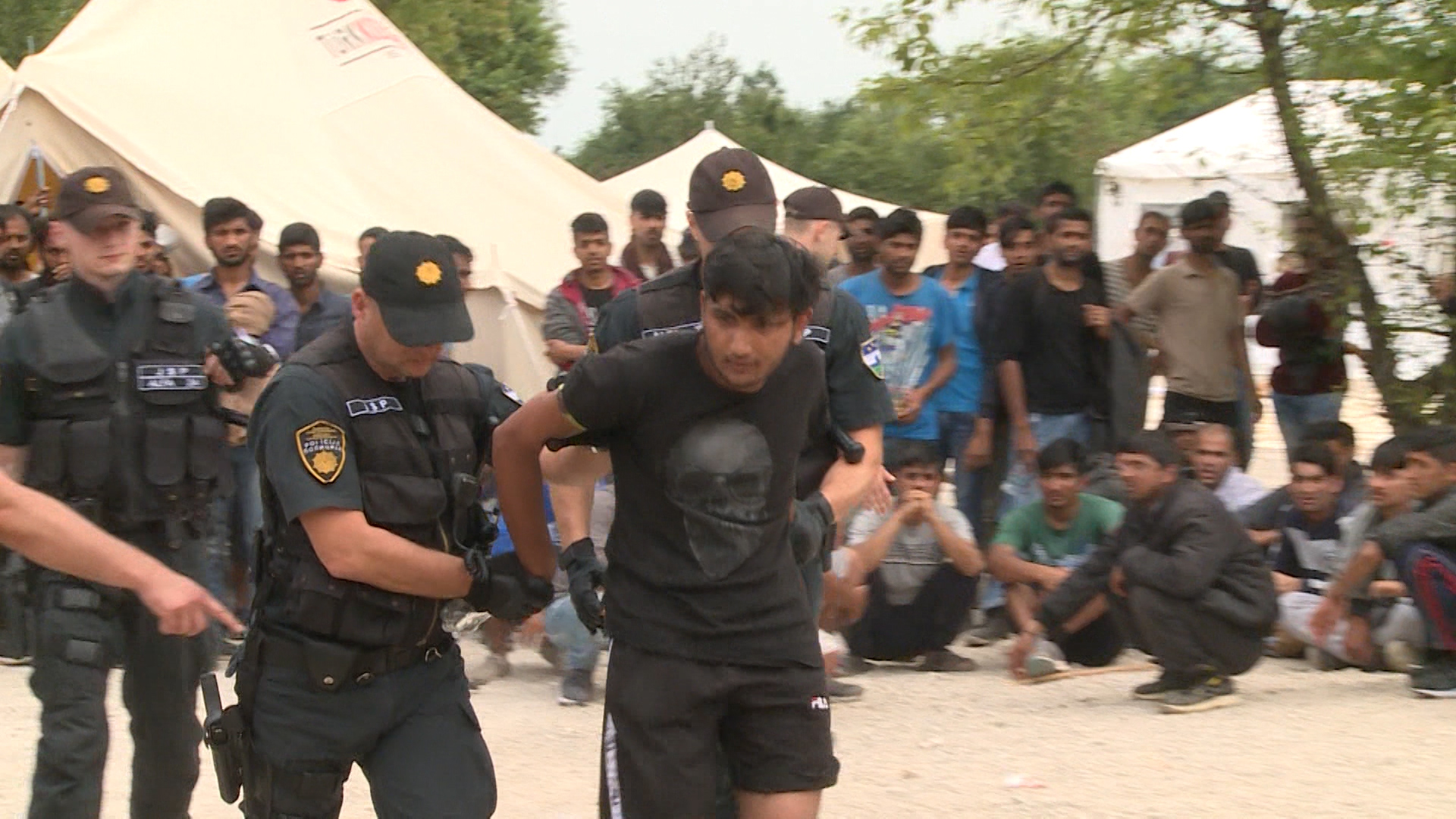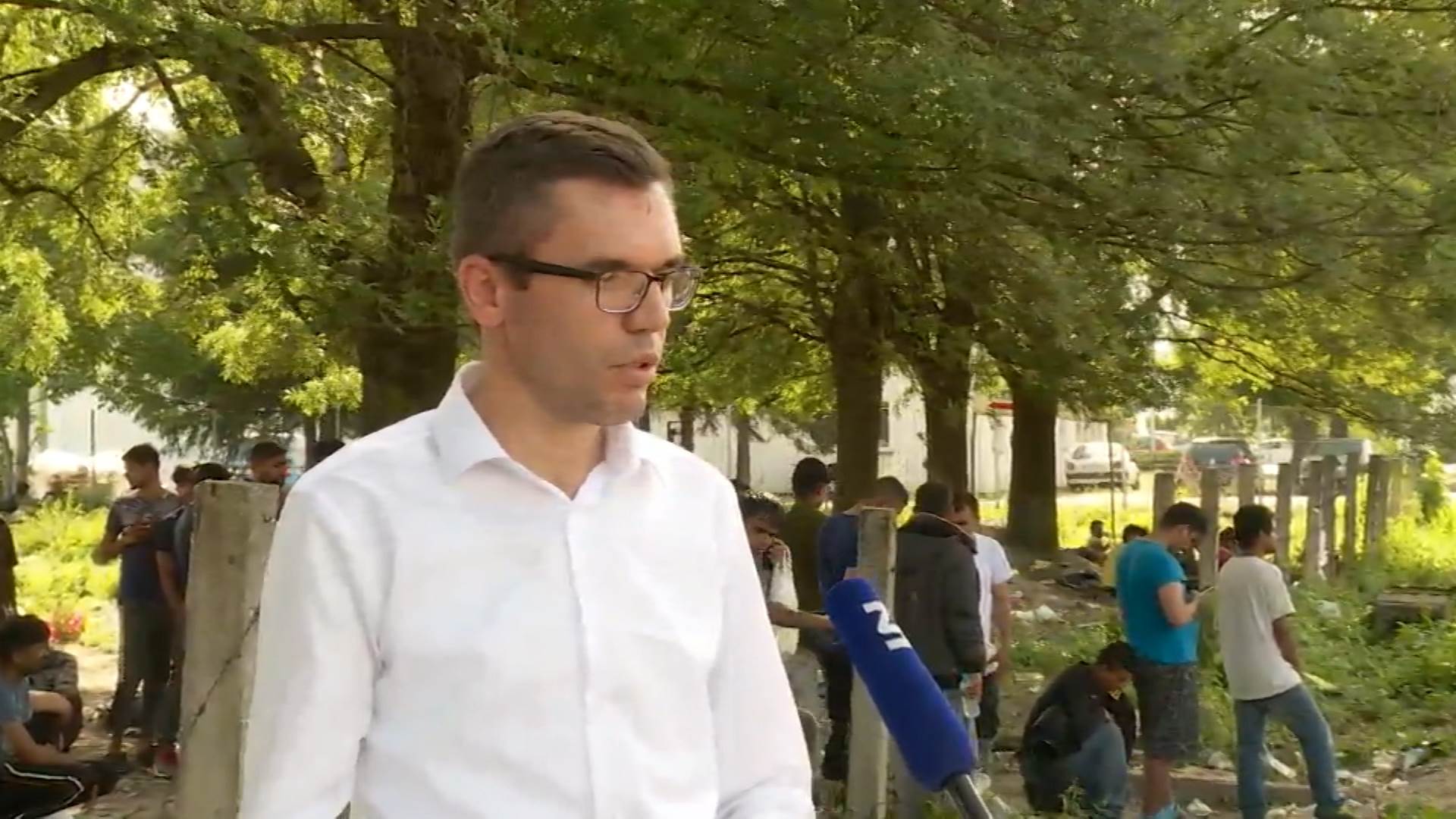Hundreds of migrants relocated from Bihac, authorities urge state bodies to help

After they were relocated from urban zones in the northwestern Bosnian town Bihac, migrants were accommodated several kilometres away, in Vucjak settlement, near the border with Croatia.
Dissatisfied with their new shelter, migrants, use their own ways to get back to Bihac, on foot.
“It is very hard here. The (air) temperature reaches 35-37 degrees. It is extremely hot. We have water issues, food issues. Police are too close,” said one of the migrants.
https://twitter.com/Snejkicaa/status/1140206310660726784
Local authorities in the northwestern Bosnia, affected with the migrant crisis the most, agreed to move the migrants out of the urban zones due to jeopardised safety. Their proposal to send the migrants to a new shelter in Vucjak settlement was greenlighted by the state government.
Despite the UN's warning regarding the poor conditions in the assigned area, the authorities started transporting the migrants to Vucjak.
Interior Ministry of Una-Sana Canton, which covers the area of Bihac and its surrounding claims that the migrants were provided food and water. Followed the incident when four officers were injured while trying to transport the migrants to the new location, the situation is now under control, the ministry said.

“We encountered certain resistance by migrants, so four of our officers suffered minor injuries. One of the migrants even bit a police officer,” said Interior Minister Nermin Kljajic.
Some 20 policemen are controlling 500 migrants. They received reinforcements but it is insufficient, they say.
“Migrants attempted to return to Bihac but we intercepted those groups and sent them back to Vucjak,” said the minister.
Local authorities urge the state-level bodies to help them deal with the migrant crisis. They say the situation is alarming.
“For a year and a half, nobody helped us. We were literally broken. More than 20 percent of the population in Bihac are migrants,” warned Bihac Mayor Suhreta Fazlic, adding that the authorities took necessary measures to send the migrants out of urban zones.
“We’re doing everything we can over there using our own resources and we’re waiting on competent organisations and institutions to finally get involved and start solving it,” he added.
According to official estimates, there are about 8,000 migrants in this northwestern region, where they came hoping they would eventually cross the border with Croatia and proceed to their final destinations in the European Union.
Compared to the last year, the number of migrants’ entries increased by 150 percent.
Kakvo je tvoje mišljenje o ovome?
Pridruži se raspravi ili pročitaj komentare



 Srbija
Srbija
 Bosna i Hercegovina
Bosna i Hercegovina
 Slovenija
Slovenija







